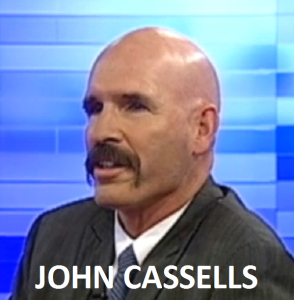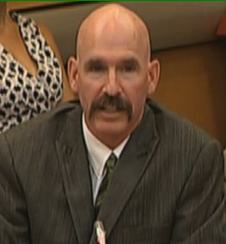I have worked many years with young people who have been exploited in the sex trade and my favourite stories are of those who have been spared that plight, like my friend Kayla. She spoke at an event to celebrate the new SIM Canada project, Men Ending Trafficking. This project is under the YES initiative (Youth Exploitation Stops) that drives SIM’s efforts to address human trafficking within Canada. In her talk, Kayla affirmed the importance of godly adults who walk alongside vulnerable youth. She illustrated her point with her own testimony and expressed that she was kept from the exploitation that has happened and continues to happen to so many of her friends. 
SIM Canada is committed to seeing young people, like Kayla, come under the care and protection of believers in their own communities. And further, SIM recognizes that commercial sexual exploitation of young people is a huge issue in Canada, and needs to be a high priority for the church. In Jeremiah 22:3, it says “This is God’s message: Attend to matters of justice. Set things right between people. Rescue victims from their exploiters. Don’t take advantage of the homeless, the orphans, the widows…” (The Message). We are committed to the care of those being exploited and being the voice for those who cannot be heard.
Last summer I visited a safe house for young women exiting the sex trade. In the office, a half dozen memorial bulletins caught my eye. Each one bore a photo of a different young woman; all in their late teens or early 20s. They looked like anyone’s daughter or sister; bright, beautiful and ready to take on the world. I remarked to the Director that, after so many years in this work, she must have plenty of happy stories along with a few sad ones. “Yes”, she agreed, “but it’s worse than you think. These are the ones we lost in the past 12 months alone!”
The sex trade, like any other industry, exists only because there is a market for it. In Canada, a strong demand for paid sex fuels a large and lucrative industry. Last year, new prostitution laws were passed and now there’s a very real opportunity to see a decline in demand for prostitution. In a recent conversation with another one of my young friends, I referenced prostitution and human trafficking as a man’s issue. She balked. Then, after a moment’s thought, affirmed my claim, pointing to the exact number of female ‘clients’ she saw during her five years in the sex trade: zero.
Watch John, Richard & Jermaine in an interview with Cheryl Weber at 100 Huntley Street.
The vision for confronting this injustice involves mobilizing the men of the church, who until now, have mostly remained silent. Men Ending Trafficking begins with a taskforce of young Christian men who are eager to put their faith into action. This taskforce is the nucleus of what will become an important men’s movement that will challenge men to walk justly before the Lord. Seven enthusiastic volunteers have joined me around the table and bring a wealth of skills and connections! Their role is to brainstorm and implement ideas that will educate and engage the men of the church on this hugely important human rights issue.
Men Ending Trafficking is the second installment (joining Arkenstone) under SIM Canada’s YES initiative – a strategy to engage the church and bring hope to vulnerable and exploited youth. To find out more, go to MenEndingTrafficking.ca.







